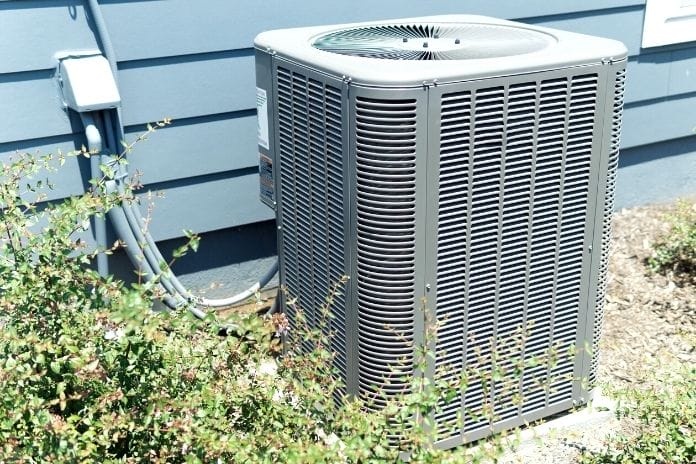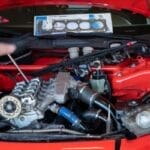All over the nation, HVAC workers provide an important service in nearly every building and structure. Maintaining airflow, temperature, and quality is a thankless, life-saving task. Besides being vastly necessary, it’s also a technical and hands-on job. There are many tools used by these professionals the common handyman would find familiar. But there are also quite a few interesting unique inventions that are among the best professional tools for HVAC maintenance.
Basics Equipment
As with any maintenance-oriented job, there are a handful of tools used by many industries. Even most homes have essentials such as hammers, various screws, and wrenches. A utility knife is also a common tool used by many repairmen. Some businesses even provide very specific shapes and types depending on what items commonly need to be cut, stripped, or dislodged using a knife.
In the HVAC worker’s arsenal, you can also expect to see flashlights, tape measures, drills, and other basic building supplies. One of the more unusual tools HVAC workers use often is a multimeter. This handheld tool is used to check for voltage on wires, switches, and other equipment that could potentially cause electrocutions.
Industry Specialty Gear
Of the more common but still interesting tools, reciprocating saws and thermometers are often important. Cutting efficiently through drywall means getting at the problems inside the wall faster. Air temperature is of course very important in the field, so a tool for reading temperature is common sense. One of the best professional tools for HVAC maintenance is a flexible borescope.
Occasionally, moisture clogs the lines inside a building and workers must use a pump to clear them. Pumps can also clear air condition cooling liquids in the inner workings of buildings when there is a problem within cooling lines. This industry also makes use of manifold gauges to track down leaks that cause the airflow in a structure to become less efficient.
Safety Wear
Besides an array of tools, HVAC workers also must consider safety. Moving throughout the forgotten and hidden areas of the building has many dangers. This includes working in extreme temperatures, loud spaces, and handling possibly sharp and often very heavy metal and machinery. To stay safe, items such as safety goggles, earplugs, and masks, or rebreathers are important.
A few types of gloves are also useful such as electrician’s, disposable, and welder’s gloves. Depending on the size of the building, there may also be ladders and uneven or damaged surfaces to contend with. As with any tough job, a hardy pair of boots goes a long way.








































